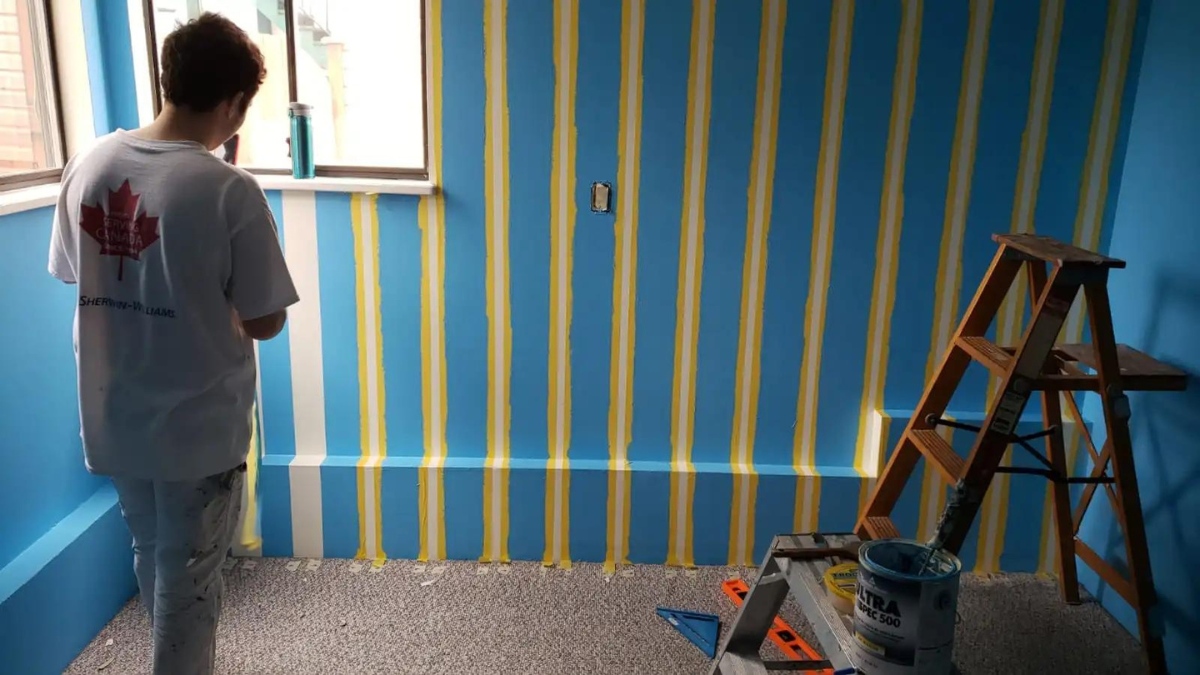

Articles
How Much Paint Do I Need For Interior Walls
Modified: January 19, 2024
Learn how to calculate the exact amount of paint needed for your interior walls with our informative articles. Save time and money on your next painting project!
(Many of the links in this article redirect to a specific reviewed product. Your purchase of these products through affiliate links helps to generate commission for Storables.com, at no extra cost. Learn more)
Introduction
When it comes to giving your interior walls a fresh coat of paint, one of the most common questions that arises is: “How much paint do I need?” Ensuring you have the right amount of paint is crucial for a successful painting project. Whether you’re a novice or a seasoned DIY enthusiast, understanding the factors that influence the amount of paint required will save you time, money, and frustration.
In this article, we will explore the key factors to consider when determining how much paint you need for your interior walls. We’ll discuss the process of calculating the square footage of your walls, estimating the amount of paint needed, adjustments for multiple coats, and choosing the right type of paint.
By the end of this article, you’ll have a clear understanding of how to accurately estimate the quantity of paint required, resulting in a smooth and satisfying painting experience.
Key Takeaways:
- Accurately estimating paint quantity for interior walls involves considering factors like wall condition, color change, and paint type. Calculating square footage and factoring in multiple coats are crucial for a successful painting project.
- Choosing the right type of paint, such as finish, quality, and base, is essential for achieving optimal results and durability. Consulting with paint professionals and planning accurately will save time, money, and potential frustration in your interior painting endeavors.
Read more: How Much Insulation Do I Need In My Walls
Factors to Consider
Before diving into the calculations, it’s important to take into account several factors that can impact the amount of paint needed for your interior walls:
- Wall surface condition: The condition of your walls will determine how much paint they will absorb. If the walls are rough or porous, they may require more paint to achieve even coverage. On the other hand, smoother walls may need less paint.
- Color change: The current color of your walls and the color you plan to paint them can influence the amount of paint required. Darker colors typically require more coats to achieve full coverage, which means you may need additional paint.
- Paint type and quality: Different types of paint, such as flat, satin, or gloss, have varying levels of coverage. Higher quality paints often have better coverage, which means you may need less of them compared to cheaper alternatives.
- Texture: Textured walls or surfaces, such as popcorn ceilings or stucco, will require more paint to cover the uneven surface.
By considering these factors, you’ll be able to make more accurate estimations for the amount of paint needed for your specific project, ensuring a successful outcome.
Calculating the Square Footage
Before estimating the amount of paint needed, it’s essential to calculate the square footage of the walls you’ll be painting. This will help you determine the coverage area and ensure you purchase the correct amount of paint. Here’s how to calculate the square footage:
- Measure the wall dimensions: Using a tape measure, measure the height and width of each wall you plan to paint. Measure from floor to ceiling for the height and from corner to corner for the width.
- Multiply the dimensions: Multiply the height by the width of each wall to find the area in square feet. If you have multiple walls, calculate the area for each wall and add them together.
- Account for doors and windows: Subtract the square footage of doors and windows from the total wall area. Measure the height and width of each door and window, and calculate their square footage individually. Deduct this amount from the total wall area.
By subtracting the square footage of doors and windows, you’ll have a more accurate measurement of the surface area that needs to be painted.
It’s worth noting that if your walls have different heights or widths at different sections, you may need to break them down into smaller sections and calculate their square footage separately. This will provide a more precise estimation of the paint needed.
Once you have the total square footage of the walls you’ll be painting, you can move on to estimating the amount of paint required.
Estimating the Amount of Paint Needed
Now that you have calculated the square footage of your walls, it’s time to estimate the amount of paint needed. The general rule of thumb is that one gallon of paint covers approximately 350-400 square feet, but this can vary depending on the factors we discussed earlier. Here’s how to estimate the paint quantity:
- Calculate the paint coverage: Look for the paint manufacturer’s coverage information on the paint can or their website. It will typically mention the coverage area for one gallon of paint. Divide the manufacturer’s coverage area by the square footage of your walls to determine how many gallons you’ll need for one coat.
- Factor in multiple coats: If you plan to apply multiple coats of paint, multiply the number of gallons needed for one coat by the number of coats you’ll be applying. This will give you the total amount of paint needed for your project.
Keep in mind that it’s always a good idea to buy a slightly larger quantity of paint than your estimate to account for any touch-ups or unforeseen circumstances. It’s better to have extra paint than to run out in the middle of your project.
Additionally, if you’re using different colors for different walls, calculate the paint quantity separately for each color. It’s also wise to consult with a paint professional at your local home improvement store, as they can provide guidance based on the specifics of your project.
By accurately estimating the amount of paint needed, you’ll avoid purchasing excessive amounts of paint and save money in the process.
Measure the height and width of each wall, then multiply the two measurements to get the square footage. Subtract the area of windows and doors. One gallon of paint typically covers 350-400 square feet.
Adjustments for Multiple Coats
When planning your painting project, it’s important to consider whether you will need multiple coats of paint. Applying multiple coats can improve the overall finish and durability of the paint job, especially when transitioning from a darker color to a lighter one.
Here are a few adjustments to consider when calculating the amount of paint needed for multiple coats:
- Increase the quantity: As a general guideline, plan for around 20-30% more paint when applying multiple coats. This accounts for the additional coverage required to achieve a smooth and even finish.
- Factor in drying time: Keep in mind that each coat of paint needs time to dry before applying the next. This will impact the overall timeline of your project. Refer to the paint manufacturer’s instructions for drying times and adjust your estimates accordingly.
By factoring in multiple coats, you’ll ensure a professional-looking finish and avoid having to make multiple trips to the paint store.
It’s important to note that if you’re using a high-quality paint with excellent coverage, you may be able to achieve the desired result in fewer coats. Conversely, if you’re using a lower-quality or lighter shade of paint, you may need additional coats for full coverage.
Ultimately, the number of coats required will depend on your specific situation, the condition of the walls, and your desired outcome. Take these factors into account when estimating the amount of paint needed for your project.
Read more: How To Spray Paint Interior Walls
Choosing the Right Type of Paint
Choosing the right type of paint is crucial for achieving the best results and making your painting project a success. Here are some considerations when selecting the paint for your interior walls:
- Finish: Determine the desired finish for your walls. Common options include flat, matte, satin, semi-gloss, and high-gloss. Each finish has its own unique characteristics, such as sheen level and washability, so choose one that suits your preferences and the functionality of the space.
- Quality: Invest in high-quality paint to ensure better coverage, durability, and color retention. While it may be tempting to opt for cheaper alternatives, low-quality paint often requires more coats and may not provide satisfactory results, leading to additional time and expenses.
- Paint base: Choose between water-based (latex) or oil-based (alkyd) paint. Water-based paints are more popular due to their ease of use, low odor, and quick drying time. However, oil-based paints offer superior durability and are recommended for high-traffic areas or surfaces that require regular cleaning.
- Special considerations: Take into account any special requirements for your project. For example, if you’re painting a bathroom or kitchen, select a paint that is specifically formulated to resist moisture and mold growth. Likewise, if you have young children or pets, consider a paint that is easy to clean and has low or no VOC (volatile organic compounds) to minimize health risks.
Consult with the paint professionals at your local store to discuss your needs and preferences. They can offer expert advice on the best paint options for your specific project.
Remember that choosing the right type of paint is not just about aesthetics, but also about longevity and functionality. By selecting the appropriate paint, you’ll ensure a beautiful and durable finish that will stand the test of time.
Conclusion
Estimating the amount of paint needed for your interior walls is a critical step in any painting project. By considering factors such as wall surface condition, color change, paint type, and texture, you can make accurate calculations and avoid running out of paint or purchasing unnecessary amounts.
Calculating the square footage of your walls allows you to determine the coverage area, while accounting for doors and windows provides a more precise measurement. Estimating the amount of paint required involves dividing the manufacturer’s coverage area by the square footage and factoring in multiple coats if necessary.
Choosing the right type of paint is equally important. Consider factors such as finish, quality, paint base, and any special requirements to ensure optimal results and durability.
Remember to consult with paint professionals for advice specific to your project and to get the most accurate estimates. It’s always better to have a little extra paint than to run out mid-project.
By following these steps and taking the time to plan and estimate accurately, you’ll save time, money, and potential frustration in your interior painting endeavors. So, go ahead and transform your space with confidence, knowing that you’re well-prepared and equipped with the knowledge to tackle your painting project with success.
Frequently Asked Questions about How Much Paint Do I Need For Interior Walls
Was this page helpful?
At Storables.com, we guarantee accurate and reliable information. Our content, validated by Expert Board Contributors, is crafted following stringent Editorial Policies. We're committed to providing you with well-researched, expert-backed insights for all your informational needs.
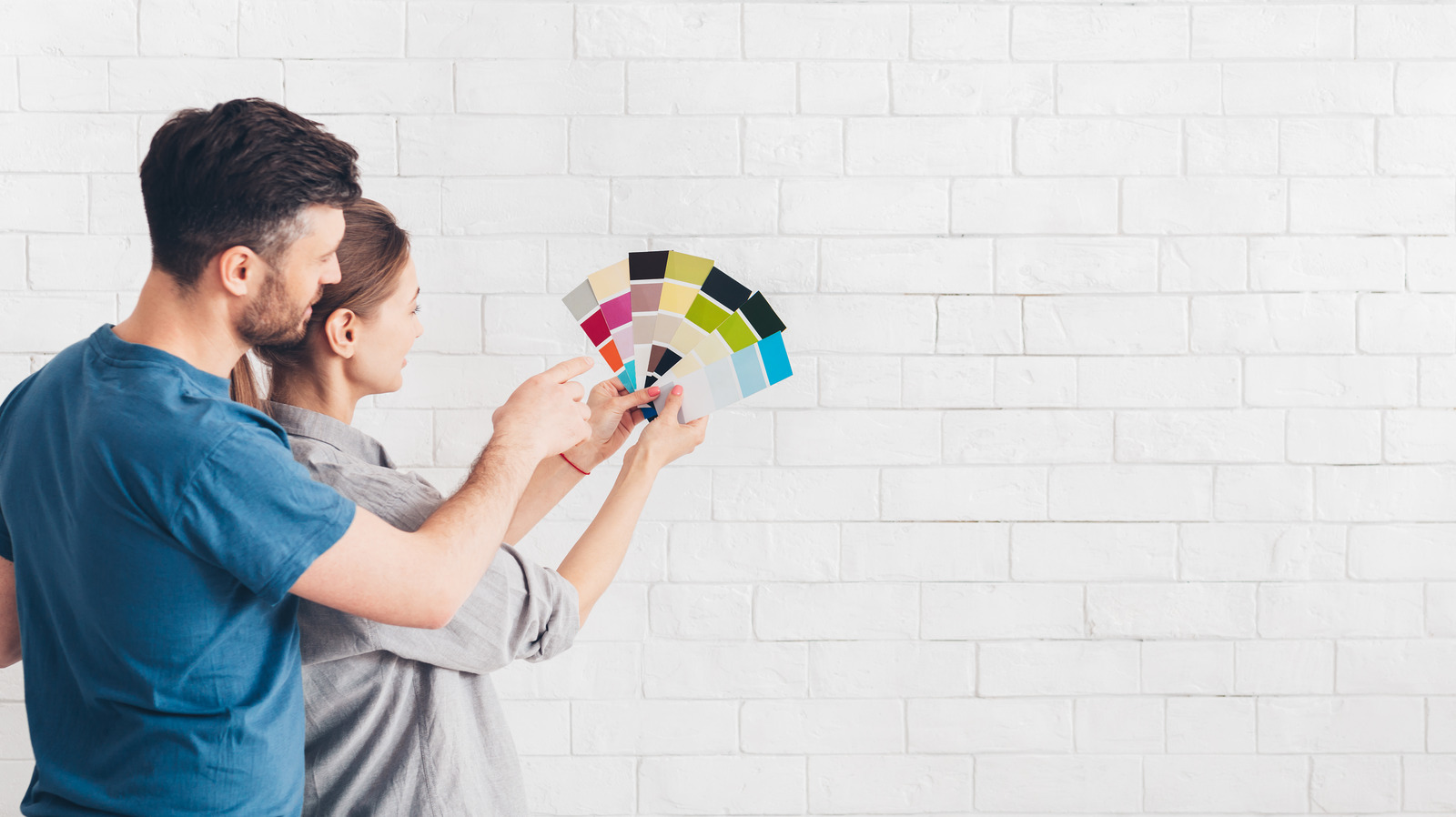
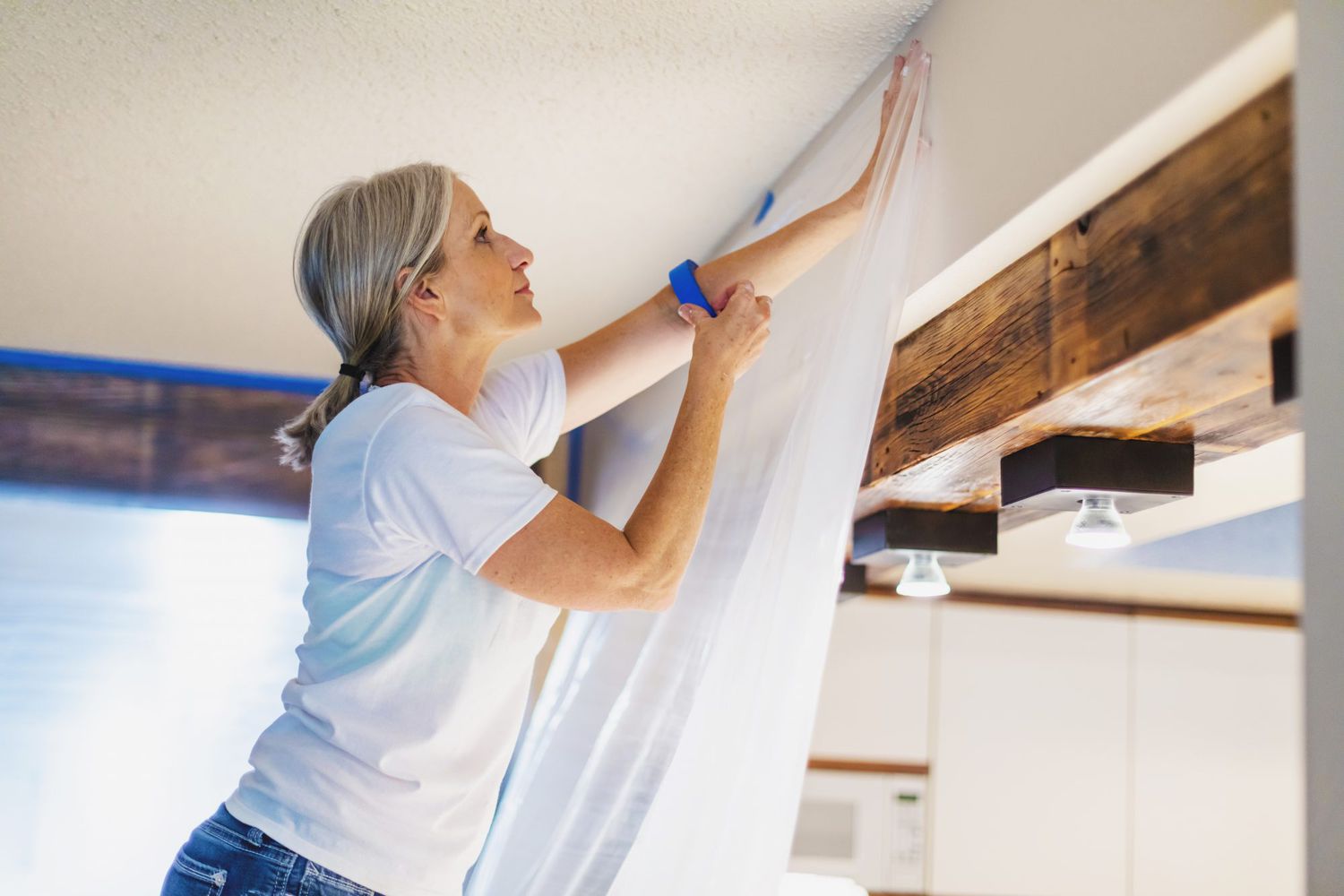
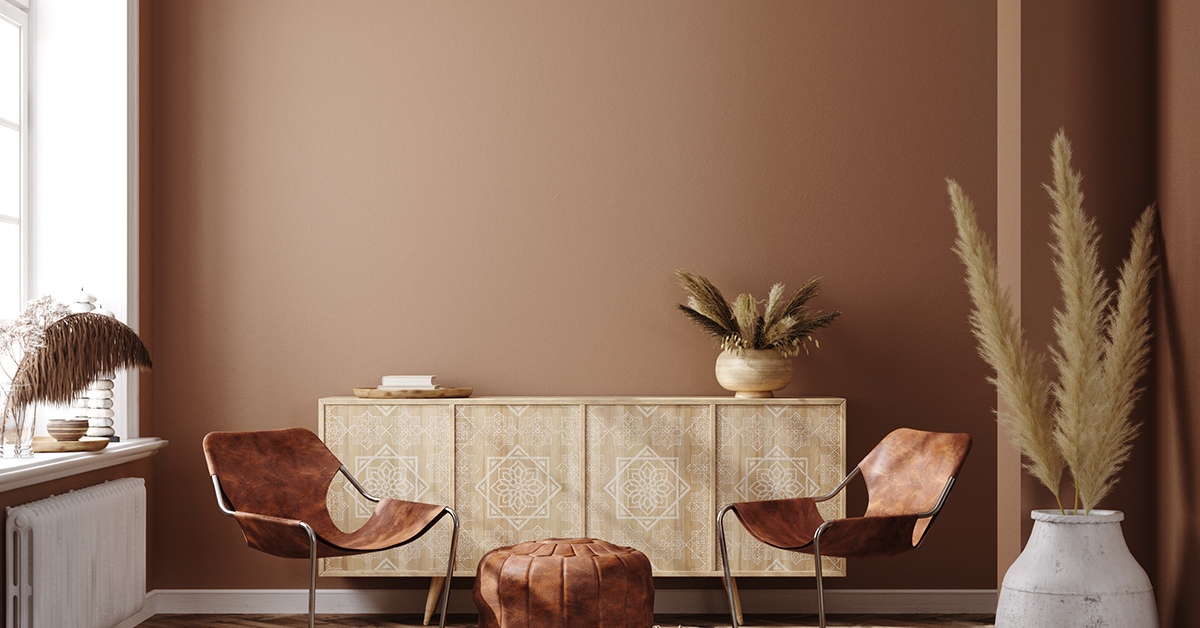
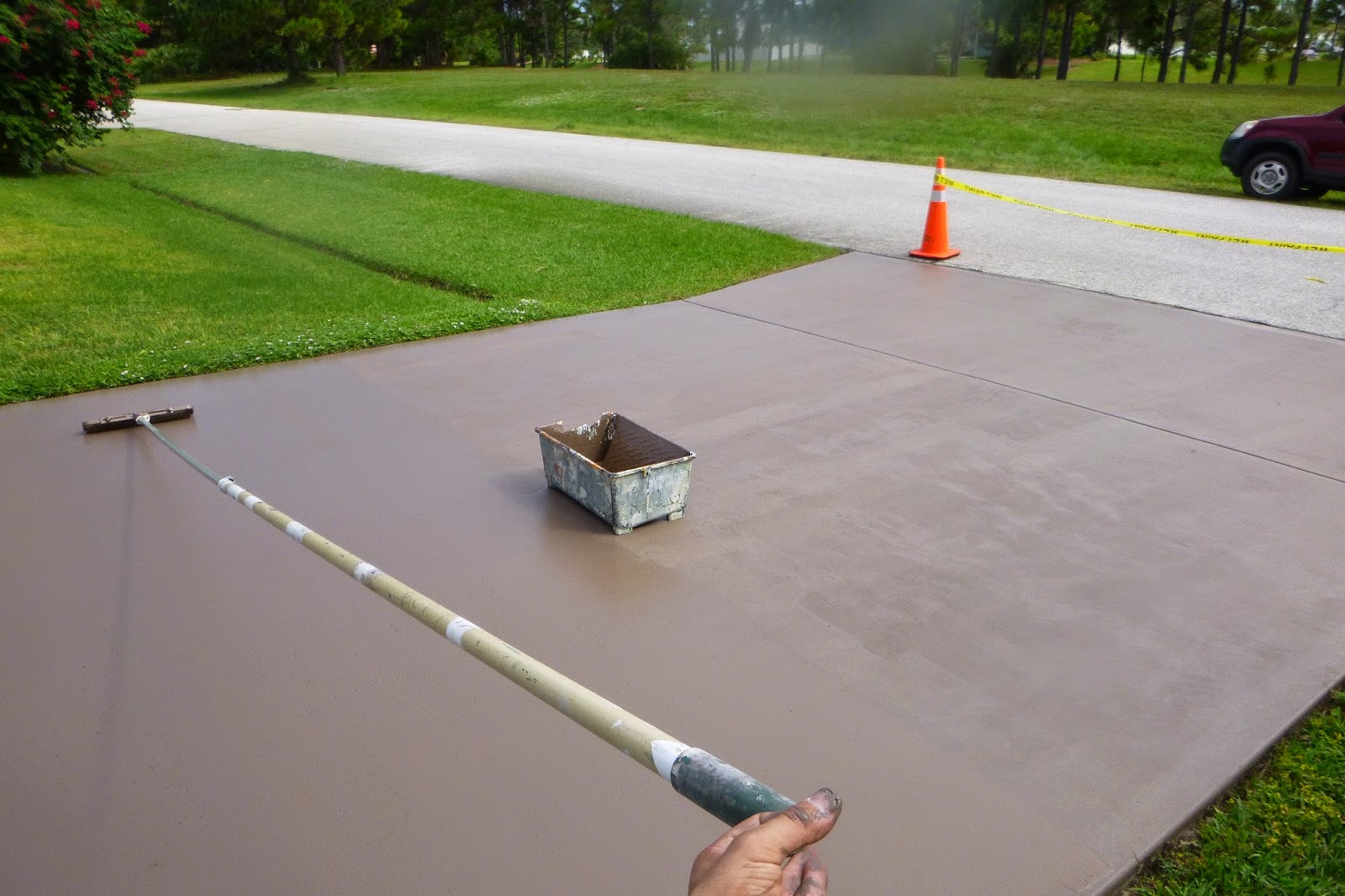
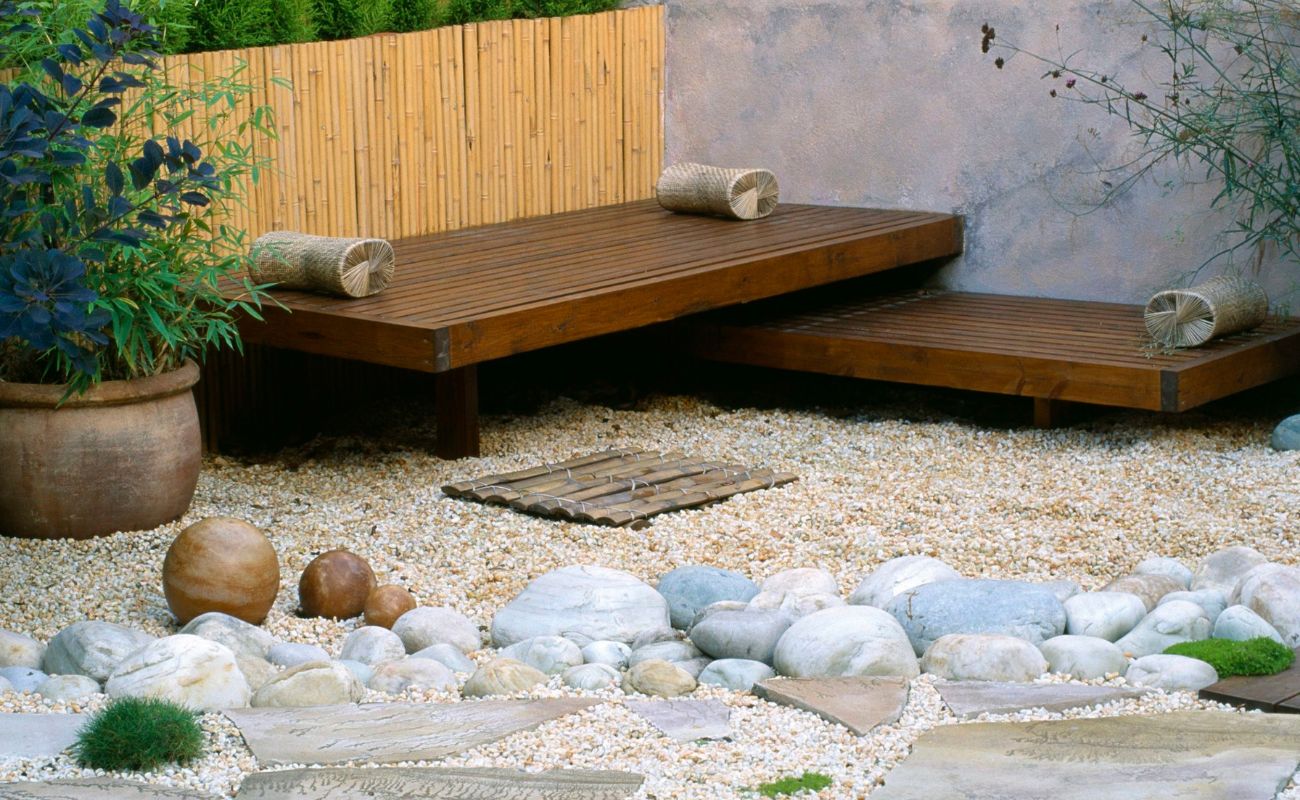
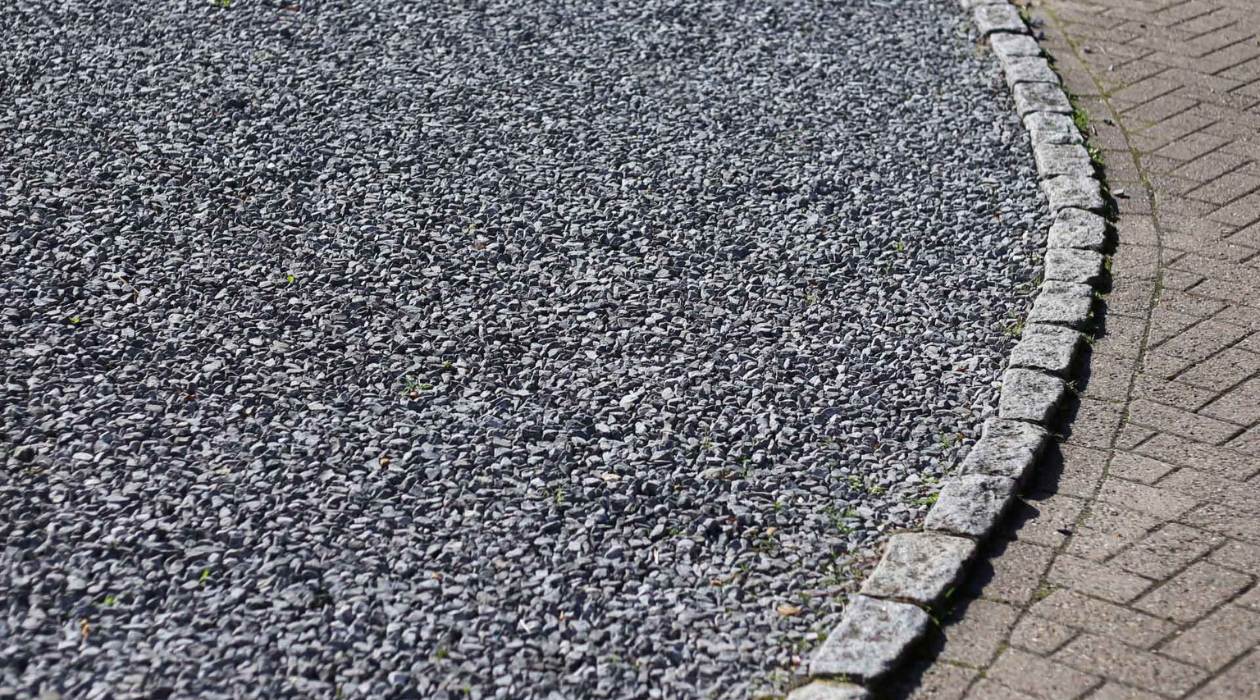
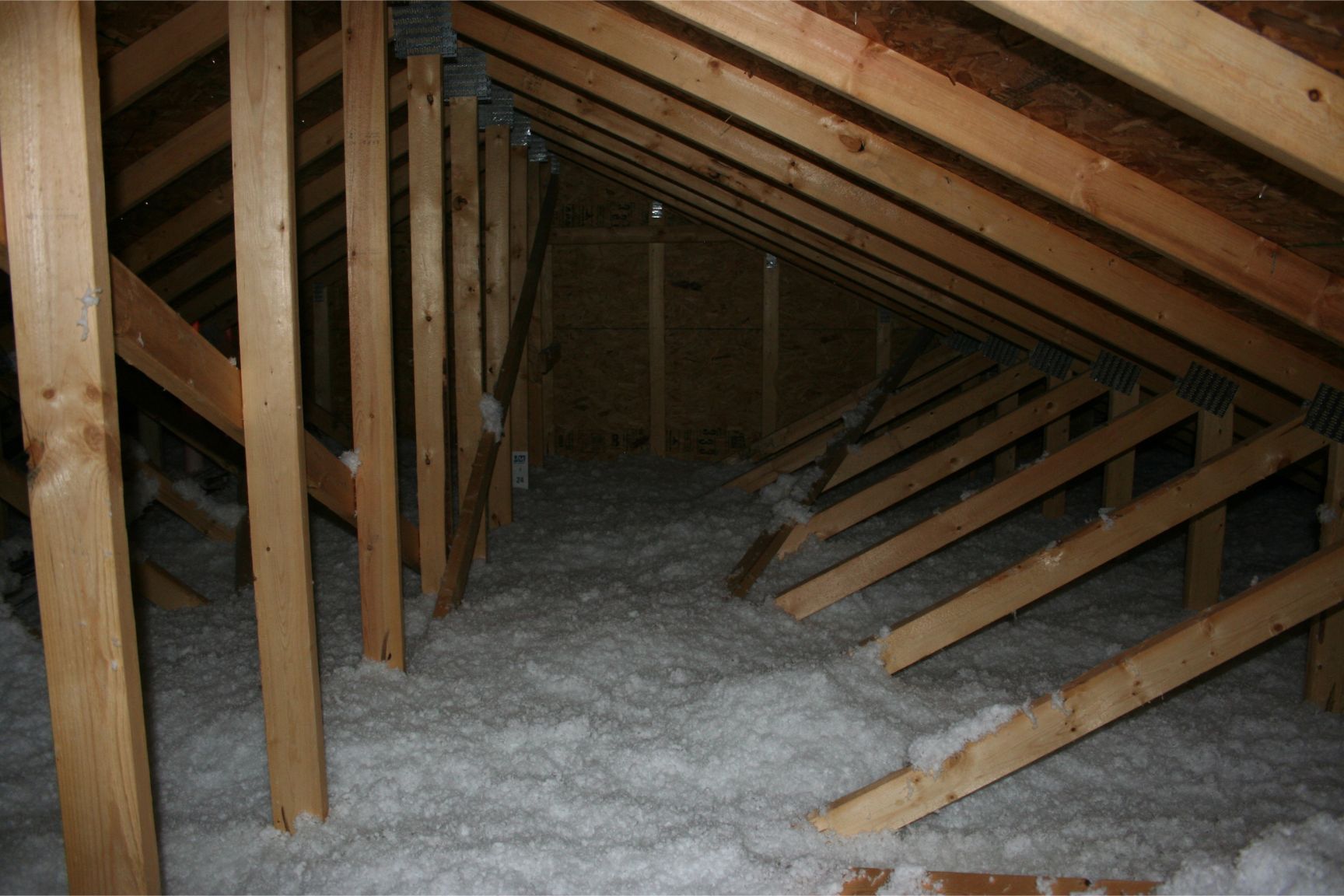

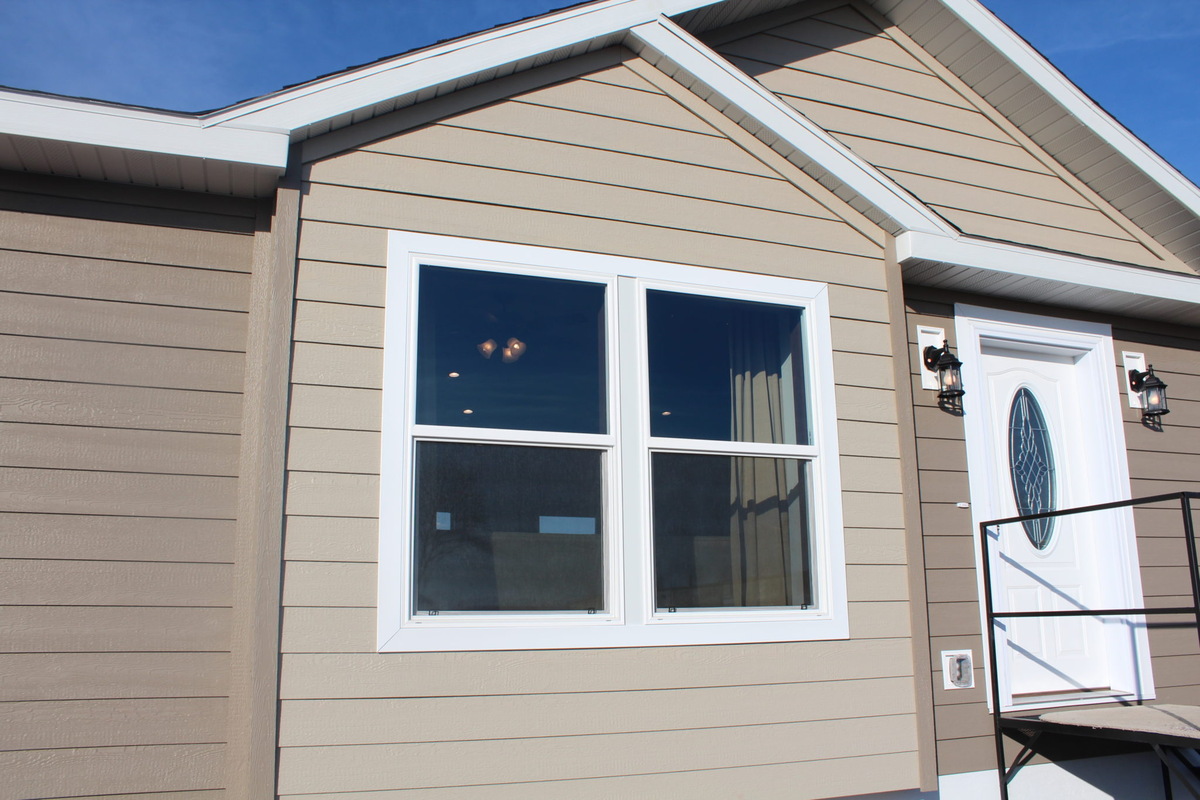
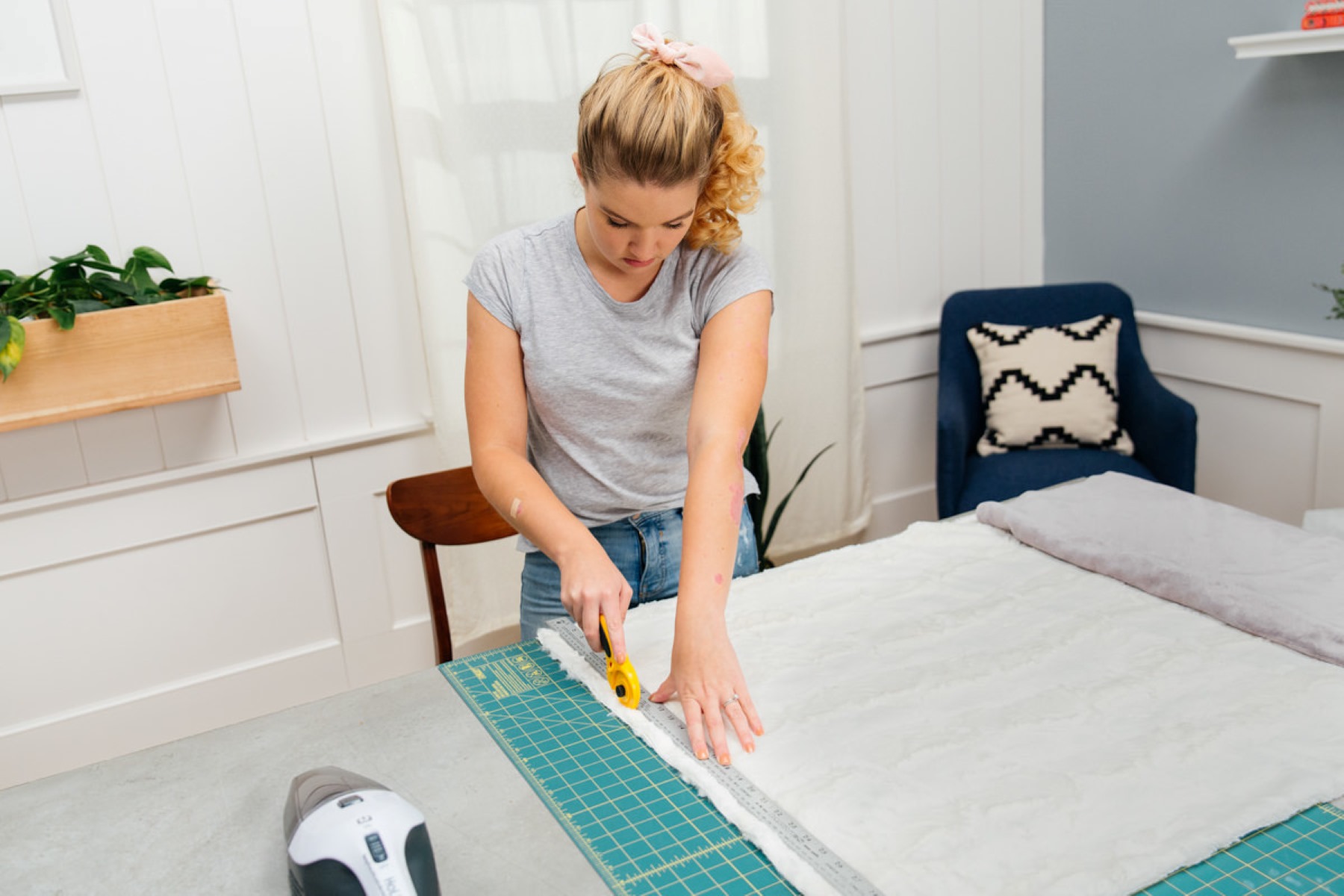
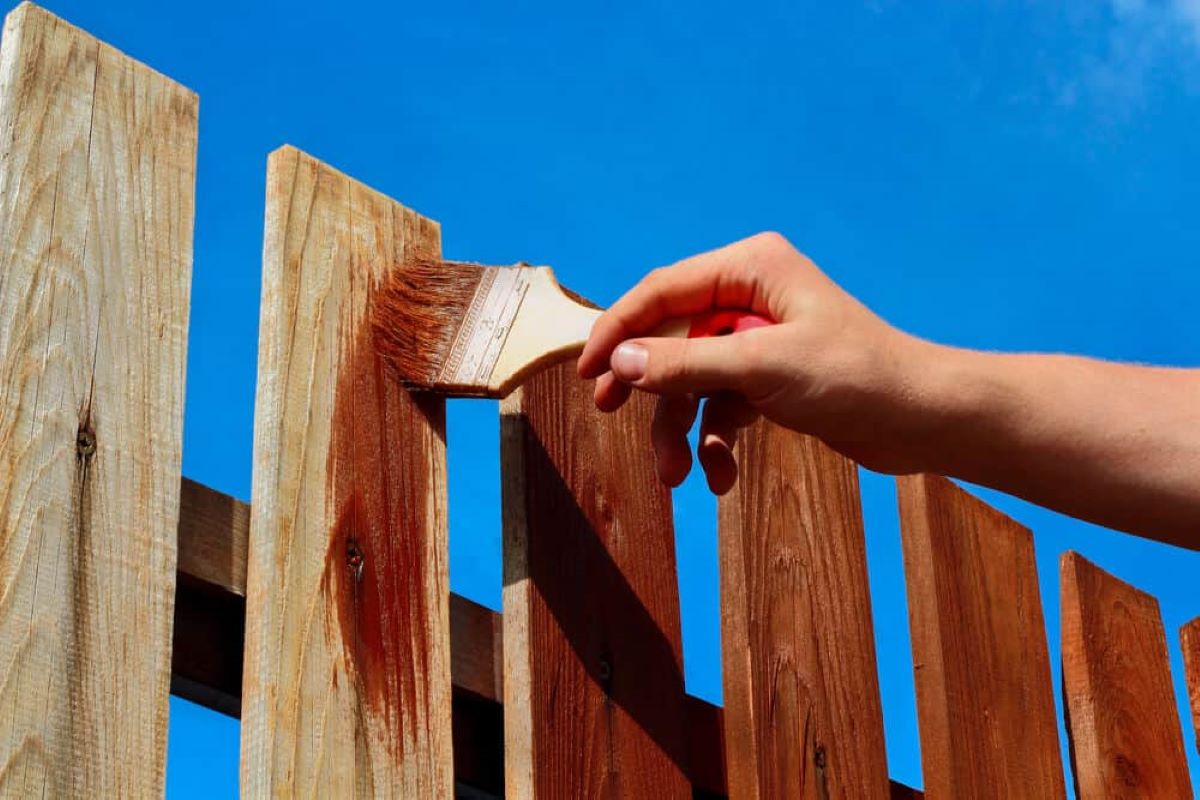
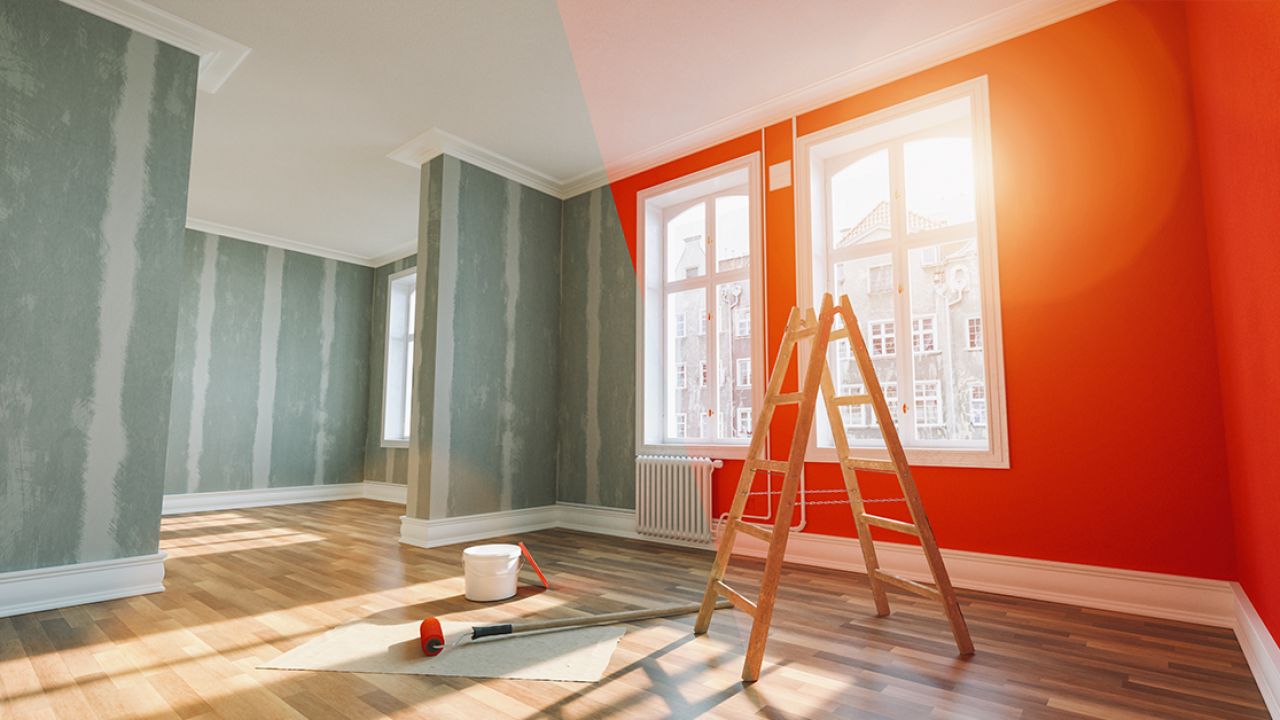
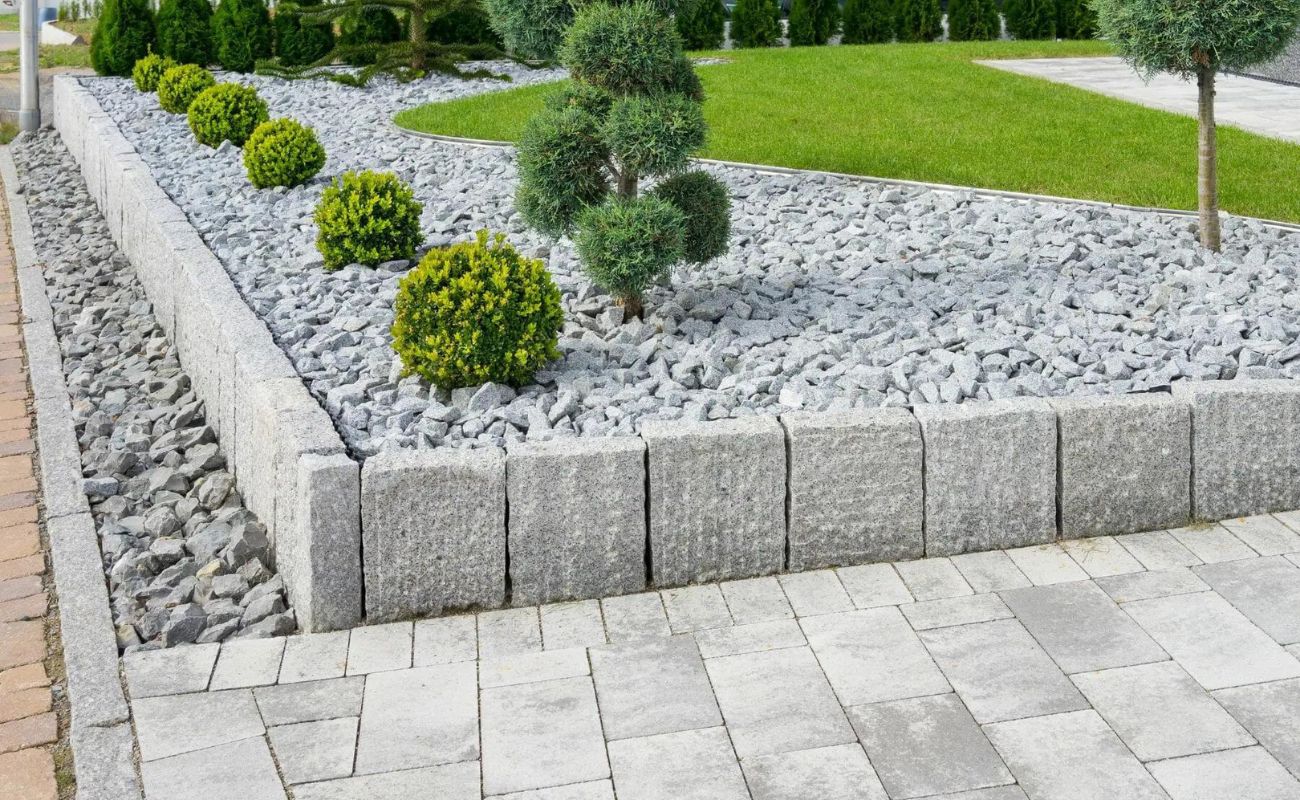
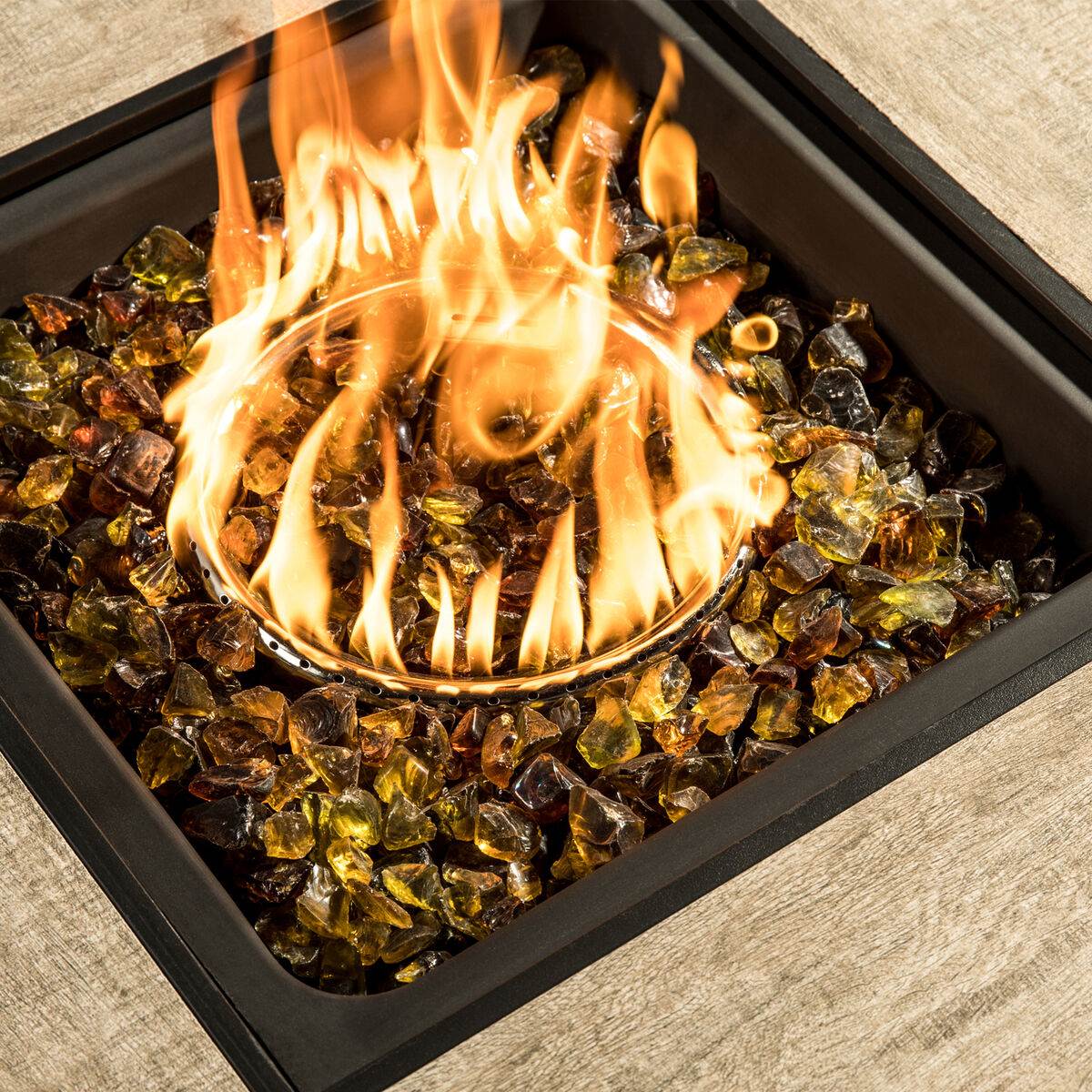

0 thoughts on “How Much Paint Do I Need For Interior Walls”